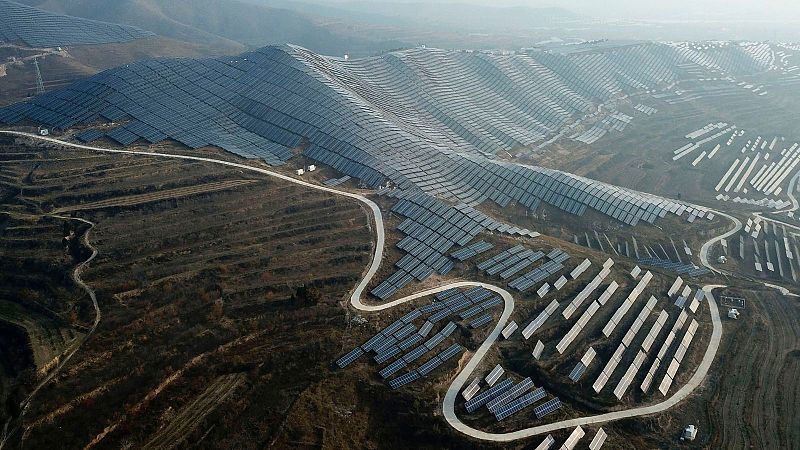A recent analysis by Global Energy Monitor (GEM) reveals that repurposing closed coal mines into solar farms could generate enough electricity to meet the demands of a country the size of Germany. The study identified 312 surface coal mines that have ceased operations since 2020, covering an area of 2,089 square kilometers. Furthermore, it forecasts that an additional 3,731 square kilometers of coal mining land will be abandoned by 2030 as reserves deplete.
Cheng Cheng Wu, project manager for GEM’s Energy Transition Tracker, emphasized that while coal mining has left its mark on the land, this does not have to dictate future energy solutions. Wu noted, “The coal mine to solar transition is underway, and this potential is ready to be unlocked in major coal-producing countries like Australia, the US, Indonesia, and India.”
China currently leads the way in converting coal mines to solar energy, with 90 projects operational, providing a total capacity of 14 gigawatts (GW), and another 46 projects in development. The report highlights that the four largest coal producers hold nearly 75% of the global capacity for transitioning from coal to solar.
In Europe, Greece stands out as particularly well-positioned for this transformation. With an average solar potential of 4.45 kilowatts per square meter and a coal phaseout target set for 2026, Greece is creating favorable conditions for solar expansion. In Western Macedonia, companies are already developing solar parks on the former Amynteo opencast lignite mine. Additionally, the country’s Greece 2.0 national recovery plan allocates €175 million to support solar initiatives in Central Macedonia.
The report estimates that the closure of coal mines presents a substantial opportunity for the global shift to renewable energy. Repurposing these lands not only addresses the challenge of land acquisition for renewable projects but also opens doors to economic revitalization for former coal communities. Hailey Deres, a researcher at GEM, remarked that utilizing degraded lands like old coal mines can lead to local job creation and clean energy deployment simultaneously.
GEM estimates that converting coal mines into solar facilities could create approximately 259,700 permanent jobs and an additional 317,500 temporary and construction jobs, surpassing the number of jobs that the coal industry is projected to lose globally by 2035.
Ryan Driskell Tate, associate director at GEM, pointed out the economic incentives for reclaiming mined lands. He stated, “Mined-out coalfields hold immense potential for powering a clean energy future. It’s already happening. With the right incentives, we can create the next generation of solar projects in coal regions.”
This approach not only addresses the environmental impact of abandoned coal mines but also fosters economic growth in the communities that have historically depended on coal mining. As the world shifts towards cleaner energy sources, the repurposing of coal mines into solar farms represents a pragmatic solution with significant benefits for both the environment and local economies.



